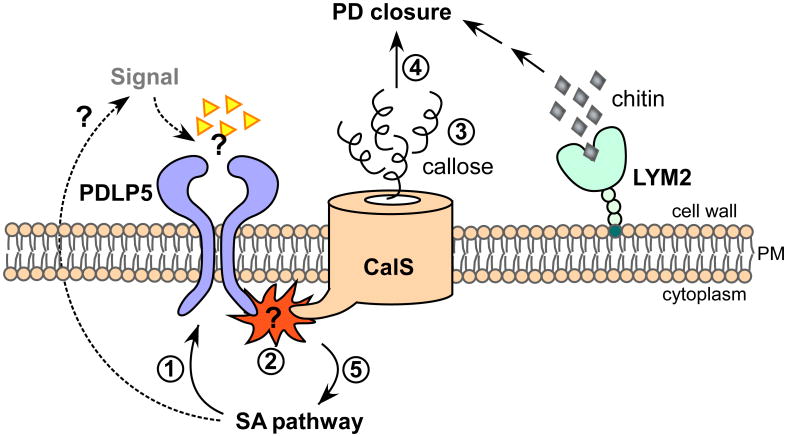Figure 3. Regulation of plasmodesmata during plant defense.
A model is presented illustrating how the closure of plasmodesmata is mediated by PDLP5 during immune responses: PDLP5 induced by the salicylic acid (SA) signaling pathway (1) stimulates the enzymatic activity of yet-to-be-identified callose synthase (2), which enhances callose accumulation at plasmodesmata (PD) (3). How this activation occurs remains to be discovered. Accumulation of plasmodesmal callose leads to the closure of plasmodesmata (4). PDLP5 contains an extracellular domain that may function in perceiving a putative signal or ligands (triangles), generation of which is dependent on salicylic acid pathway (SA) pathway (dashed arrows). The signal perception by PDLP5 may be required for the PDLP5 function in activating callose synthase (2) and/or feedback regulation of the SA pathway (5). LYM2, anchored to the membrane via glycosylphosphatidylinositol modification, binds to chitin derived from a fungal pathogen, which by an unknown mechanism closes plasmodesmata.

